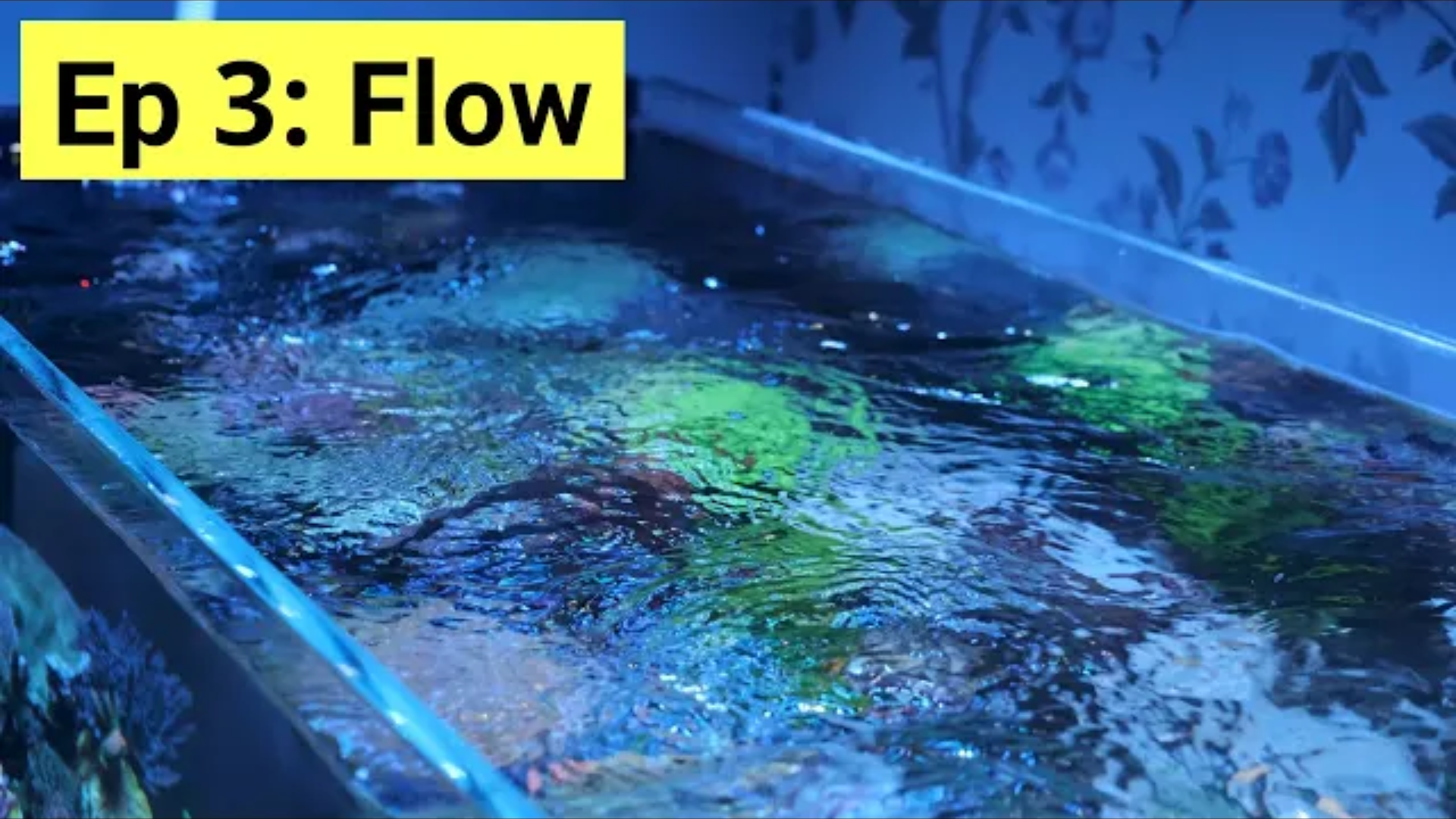Flow in your aquarium: a guide for beginners
- Jan 31, 2021
- Anshika Mishra
- 937 0 0

Getting the flow right is critical for your corals' health and growth. Creating good flow in your tank supplies oxygen, nutrients, and chemical elements to your corals and helps them get rid of waste.
It also recreates your fish's natural ocean environment, keeps detritus from setting on your sand bed, and oxygenates your aquarium by letting Carbon Dioxide leave the water and oxygen enter it.
Choose DC over AC
To create flow in your tank, you will need to buy a powerhead, and because you need to create random ocean-like flow, it will be best to avoid simple AC powerheads. AC powerheads have tons of nano-stream, so while they are great for mixing saltwater for your weekly water change, they won't create the random flow your aquarium needs.
DC powerheads, though, are fully controllable and create turbulent random flow patterns. YOu can tell which powerheads are DC because they come with a control box, whereas AC powerheads just come with a cable and a plug. DC pumps will be smaller and more expensive than AC pumps.
At the other end of the scale, the king of flow is the Vortec range of powerheads. They are the only option that allows you to have no cables in your tank, and they have various random flow-patters that make it easy to create flow throughout your tank.
Size
When choosing the right size, it is far better to go too big than too small. You can always turn small pumps down, but you may still find smaller pumps are too weak, and of course, you can't turn them up beyond 100%. Also, most pumps will make a lot more noise running at full power so, going big and turning them down will give you quite a living room.
If you have a 100Liter or 30-gallon tank, it is recommended to have two powerheads of around seven to eight thousand liters per hour. Then scale up or down for larger or smaller tanks at roughly that ratio.
So, for a 100-gallon tank, you will need 8000 gallons/hour of flow. This will give you quite a lot of flow. Still, it is worth remembering that powerheads quote the maximum output. The reality is that you will probably set them to around 80%, which means they will ramp-up and down repeatedly for approximately 40% of the building up to 80%. While softer LPS corals fo prefers lower flow, they can handle much more than you can think.
Flat Spots
A powerhead on both ends of your tank will create a more random turbulent flow pattern, along with decreasing any flat spots in your tank. If you have flat spots with no flow, you are likely to get detritus settling there. When ideally, you want nay detritus to get blown into the water column. So, it can work its way down into your sump and get filtered out.
If your tank is SPS-dominated, it is worth noting that the SPS coral wants much more flow than LPS or soft corals.
Having multiple powerheads
Having multiple powerheads means you can run them at a lower percentage, which will be quiet. Although strong flow will blow your sound bed around, so tinker with powerheads output until you find the sweet spot between keeping detritus off your sound bed while keeping your sand even though out your tank.
This is a difficult balance to keep, though, and you will probably find your sand will eventually lose the battle. The best way to choose the position for the powerheads is to move them around until you find a combination that avoids any low flow area. But if you want a simple answer, you can just put one at either end of your tank, slightly offset so that the flow doesn't just meet in the middle.
You will want them to run close to the surface but not so close that they suck in the air, which will create little eddies in your tank. You can maximize the random flow in your tank by adding a random flow generator or RFG to return your pump outlet.
Clean your powerheads
One crucial point that often gets overlooked is that you should try to clean your powerheads as often as possible, and ideally, that means once a month. They get algae built up, which slows them down and makes a noticeable difference to the power outputs.
You should be able to dismantle most powerheads for easy cleaning and the simplest way to let them rest in a mix of water and citric acid cristal for a few hours. Then give them a good scrub. Citric acid is very gentle on your pumps but breaks down the algae, saving the grease.
It is often said that it is impossible to have too much flow in a reef tank, although that's probably not entirely true, especially for softer LPS corals; it is a pretty decent mantra to go by while getting up your first system.






About author